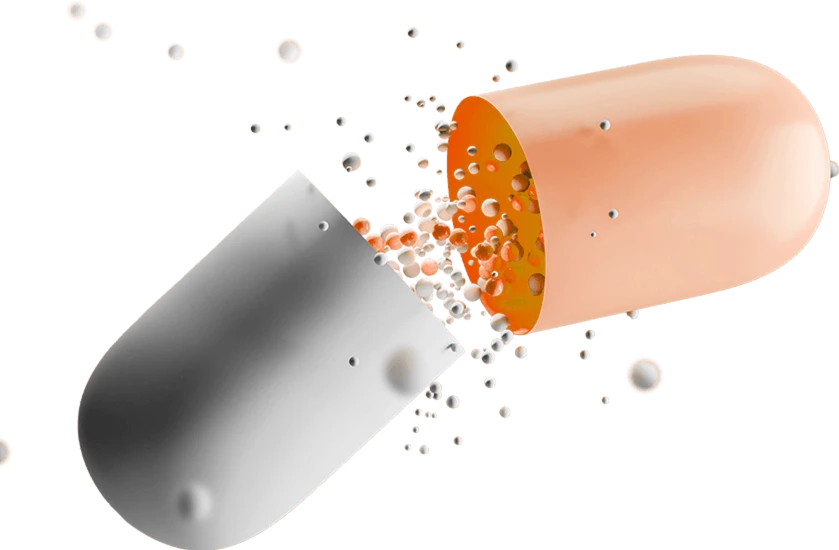- Afrikaans
- Albanian
- Amharic
- Arabic
- Armenian
- Azerbaijani
- Basque
- Belarusian
- Bengali
- Bosnian
- Bulgarian
- Catalan
- Cebuano
- Corsican
- Croatian
- Czech
- Danish
- Dutch
- English
- Esperanto
- Estonian
- Finnish
- French
- Frisian
- Galician
- Georgian
- German
- Greek
- Gujarati
- Haitian Creole
- hausa
- hawaiian
- Hebrew
- Hindi
- Miao
- Hungarian
- Icelandic
- igbo
- Indonesian
- irish
- Italian
- Japanese
- Javanese
- Kannada
- kazakh
- Khmer
- Rwandese
- Korean
- Kurdish
- Kyrgyz
- Lao
- Latin
- Latvian
- Lithuanian
- Luxembourgish
- Macedonian
- Malgashi
- Malay
- Malayalam
- Maltese
- Maori
- Marathi
- Mongolian
- Myanmar
- Nepali
- Norwegian
- Norwegian
- Occitan
- Pashto
- Persian
- Polish
- Portuguese
- Punjabi
- Romanian
- Russian
- Samoan
- Scottish Gaelic
- Serbian
- Sesotho
- Shona
- Sindhi
- Sinhala
- Slovak
- Slovenian
- Somali
- Spanish
- Sundanese
- Swahili
- Swedish
- Tagalog
- Tajik
- Tamil
- Tatar
- Telugu
- Thai
- Turkish
- Turkmen
- Ukrainian
- Urdu
- Uighur
- Uzbek
- Vietnamese
- Welsh
- Bantu
- Yiddish
- Yoruba
- Zulu
דצמ . 22, 2024 07:00 Back to list
animal nutrition and feeding
Understanding Animal Nutrition and Feeding
Animal nutrition is a vital aspect of animal husbandry that focuses on the dietary needs and feeding practices necessary for the growth, reproduction, and health of various animal species. Proper nutrition is crucial not only for livestock and pets but also for wildlife, as it directly impacts their health, productivity, and overall well-being. This article delves into the importance of animal nutrition, the components of a balanced diet, and the best practices for effective feeding.
The Importance of Animal Nutrition
Good nutrition is the cornerstone of animal health and productivity. For livestock, a well-balanced diet can enhance growth rates, improve feed efficiency, boost immune function, and increase resistance to diseases. In companion animals, proper nutrition contributes to longevity, better quality of life, and can prevent a myriad of health issues, including obesity, diabetes, and dental diseases.
Different species have distinct dietary requirements. For instance, ruminants like cows and sheep require a high-fiber diet composed primarily of forage, while monogastric animals like pigs and poultry benefit from higher levels of protein and energy. Understanding these differences is crucial for formulating diets that meet the specific needs of each animal type.
Components of a Balanced Diet
A balanced diet for animals generally consists of six essential nutrients water, carbohydrates, proteins, fats, vitamins, and minerals. Each of these components plays a unique role
1. Water Often overlooked, water is the most crucial nutrient. It is necessary for nearly every bodily function, including digestion, temperature regulation, and nutrient transport.
2. Carbohydrates They are the primary energy source for most animals. Common carbohydrate sources include grains, fruits, and vegetables. Fiber, a type of carbohydrate, is particularly important for digestive health, especially in ruminants.
3. Proteins Composed of amino acids, proteins are essential for growth, tissue repair, and overall bodily functions. Quality and quantity of protein in the diet can significantly impact animal growth rates and milk production.
4. Fats Fats provide concentrated energy and are vital for the absorption of fat-soluble vitamins (A, D, E, and K). They also play a role in maintaining healthy skin and fur in animals.
animal nutrition and feeding

5. Vitamins These organic compounds are critical for metabolic processes. Different vitamins have specific roles, such as aiding in vision, bone health, and immune function. Dietary sources vary and can include grains, green forage, and supplements.
6. Minerals Essential for numerous bodily functions, minerals are crucial for bone formation, nerve function, and muscle contraction. Common minerals include calcium, phosphorus, and salt.
Best Practices for Feeding
Effective feeding requires not only understanding the dietary needs of animals but also implementing best practices to ensure those needs are met. Here are some essential guidelines
1. Formulate Balanced Diets Utilize nutritional guidelines and recommendations to create a balanced diet tailored to the specific life stage and production goals of the animal.
2. Monitor Feed Quality Always use high-quality feed ingredients to avoid the risk of contamination and ensure the nutritional value of the diets.
3. Adjust Rations Accordingly Modify animal rations based on their life stage, health status, and production demands. For instance, pregnant or lactating animals may require higher energy and protein levels.
4. Feed Management Implement good feed management practices by storing feeds properly, maintaining cleanliness, and respecting feeding schedules to encourage consistent intake.
5. Consult with Nutritionists Working with animal nutritionists can help in developing customized feeding strategies that optimize health and productivity while minimizing waste and environmental impact.
Conclusion
In conclusion, animal nutrition and feeding are fundamental to ensuring the health and productivity of animals. By understanding the nutritional requirements and implementing balanced diets, caregivers can improve the quality of life for pets, livestock, and wildlife alike. Ultimately, prioritizing proper nutrition will lead to healthier animals and more sustainable agricultural practices.
-
Guide to Oxytetracycline Injection
NewsMar.27,2025
-
Guide to Colistin Sulphate
NewsMar.27,2025
-
Gentamicin Sulfate: Uses, Price, And Key Information
NewsMar.27,2025
-
Enrofloxacin Injection: Uses, Price, And Supplier Information
NewsMar.27,2025
-
Dexamethasone Sodium Phosphate Injection: Uses, Price, And Key Information
NewsMar.27,2025
-
Albendazole Tablet: Uses, Dosage, Cost, And Key Information
NewsMar.27,2025













